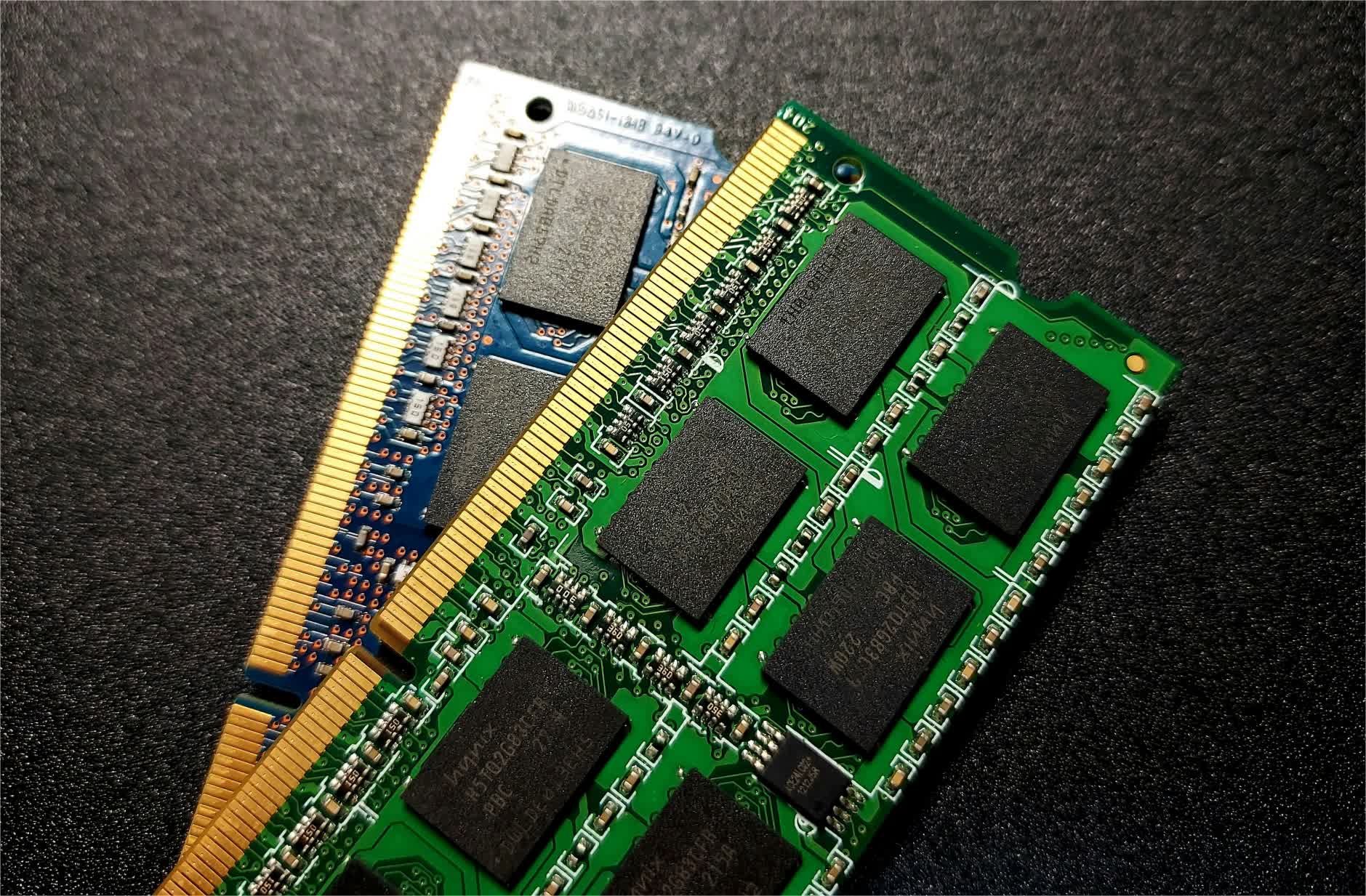Forward-looking: Researchers at the Korea Advanced Institute of Science and Technology (KAIST) in South Korea have developed a new type of phase change memory that isn't subject to the shortcoming of earlier iterations.
Phase change memory, or PCM for short, works by shifting between two physical states: crystallized (with low resistance) and amorphous (with high resistance). Think of it as an optimal blend of DRAM and NAND flash.
DRAM is speedy but volatile, meaning the data stored in it disappears when power is cut (like when you turn off your computer). NAND flash memory, like what is used in SSDs, can retain data even when power is pulled but is significantly slower than DRAM.
PCM is both fast and non-volatile, but has traditionally been expensive to manufacture and is power hungry (heat is needed to melt the phase change material into an amorphous state, which hampers energy efficiency).
Earlier efforts to address high power consumption focused on reducing the physical size of an entire device through cutting-edge lithography techniques. Improvements were nominal, and the increased cost and complexity involved in fabricating on smaller tech was not justifiable.
Professor Shinhyun Choi and team devised a method to shrink only the components directly involved in the phase change process to create a phase-changeable nano filament.
The novel approach cut power consumption by 15 times compared to traditional phase change memory made using expensive lithography tools, and is also far less expensive to manufacture.
The new phase change memory retains many characteristics of traditional memory such as fast speed, a large on / off ratio, small variations, and multi-level memory properties.
Choi said they expect the results of their study to become the foundation of future electronic engineering, and could benefit applications including high density 3D vertical memory, neuromorphic computing systems, edge processors, and in-memory computing systems.
The team's research was published in the journal Nature earlier this month in a paper titled, Phase-Change Memory via a Phase-Changeable Self-Confined Nano-Filament.
Image credit: Shaine Tsou

